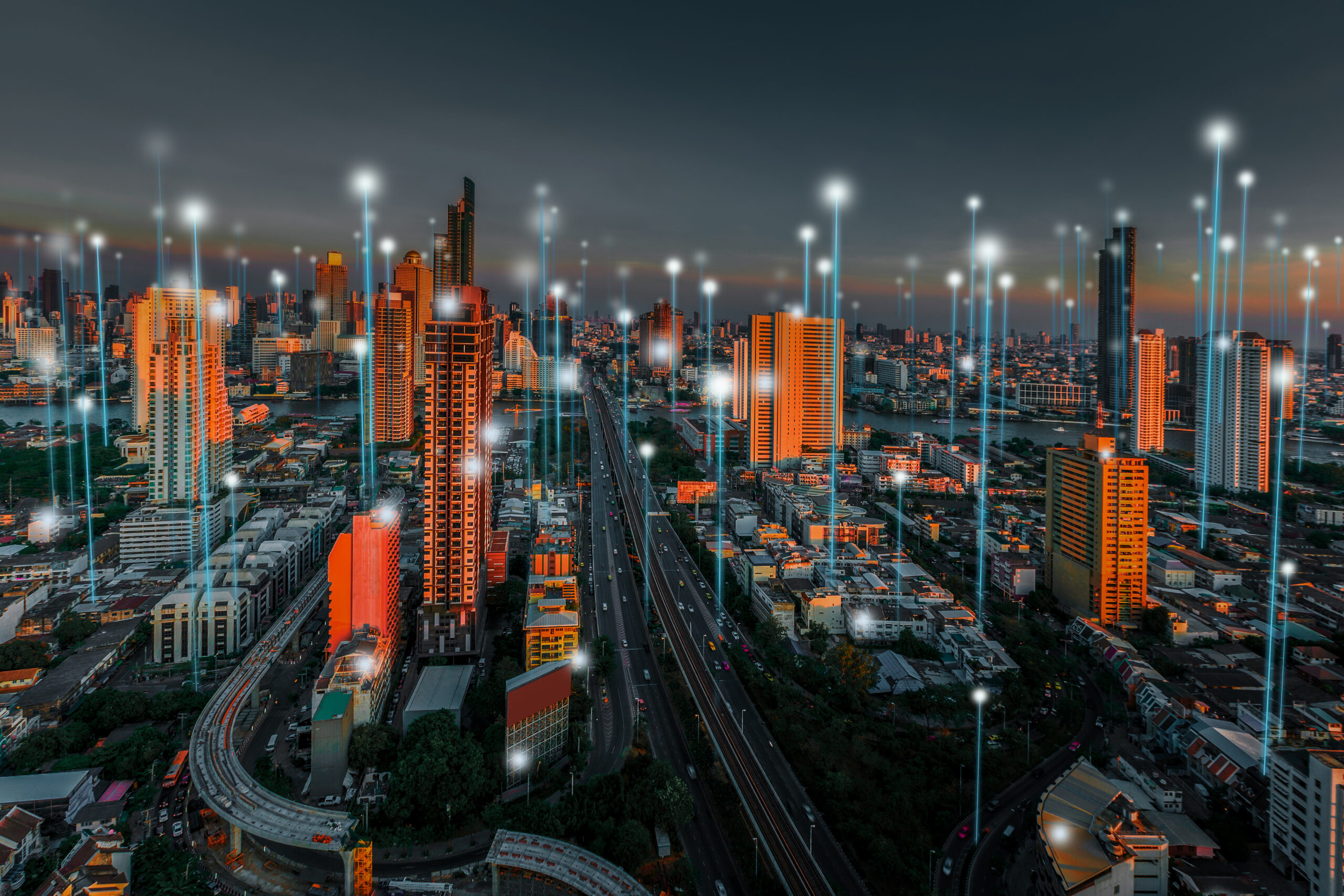Integrating renewable energy sources and ensuring grid resilience is more than just a regulatory challenge, but is an existential necessity required to meet increased public demand. This higher demand is driven by the wider adoption of distributed energy resources (DERs), as well as through increasingly high occurrences of extreme weather events. From increased EV production to minimizing the reliance on fossil fuels in the national energy portfolio, grid operators are taxed to meet higher demand, often with diminished resource access. Unfortunately, upgrading the U.S. national grid is an incredibly expensive undertaking, that will only become more so with time. Fortunately, demand flexibility initiatives provide non-wires alternatives to load management, optimizing use.
Examples of Transmission & Distribution Challenges
The Texas power outage during the winter storm of 2021 highlighted vulnerabilities in traditional energy grids, emphasizing the need for resilience. However, this summer, renewables, including wind and solar, played a pivotal role in preventing widespread outages, showcasing the value of a diversified energy mix and the viability of non-wires alternatives like demand response programs and distributed energy resources (DER) as critical to all demand flexibility load management strategies.
The Current Grid Upgrade Costs
The financial outlook for upgrading our grid is staggering, with a global estimate of $5 trillion. Looking at the U.S. context, each utility faces a daunting forecast of around $1.7 billion by 2050. This financial burden involves infrastructure enhancements, technology integration, and the incorporation of renewable sources, prompting discussions about the economic feasibility of such a massive transformation. And while demand flexibility initiatives can help to distribute these costs over time better, they are only a short-term solution during the energy transition.
These figures demonstrate that the costs are not just monetary; they carry implications for the resilience and adaptability of our energy grid. The urgency to address these costs is underscored by the realization that the longer we delay, the higher the financial toll and the greater the risk of falling behind in our quest for a sustainable energy future.
Implications of Delaying Grid Upgrades
As noted, delaying upgrades is an incredibly costly, if entirely necessary process. To start, postponing upgrades hinders the integration of essential technologies while perpetuating inefficiencies and increasing operational costs. The growing financial burden and potential risks associated with an outdated grid pose severe consequences, from national security vulnerabilities to a compromised infrastructure that may not endure the increased climate-induced events forecasted.
The International Energy Agency analyzed the impact of inaction to grid maintenance suggesting a potential delay in upgrading grids could lead to an additional 58 billion tons of carbon dioxide emissions between 2030 and 2050. This delay could impede the growth of renewable energy sources, resulting in increased demand for coal and natural gas, equivalent to the emissions from all global power plants over the past four years. The call to action is clear: the time to implement smart grid upgrades is now, and the cost of delay is one we cannot afford in the long term. Still, non-wires alternatives like demand flexibility programs provide an alternative stop-gap solution to meet demand, while navigating costly upgrades.
Overcoming Challenges in Upgrading the Grid
Upgrading our grid involves navigating financial intricacies and bureaucratic hurdles, shedding light on challenges tied to delayed project deployment. This comprehensive approach addresses both monetary and administrative roadblocks, from funding constraints to bureaucratic intricacies, offering insights into the diverse landscape many utilities face in their pursuit of a resilient and adaptive energy infrastructure. Furthermore, to minimize costs and meet energy needs, demand flexibility strategies are a critical step during the energy transition.
Funding Challenges
Addressing the financial feasibility of grid upgrades is crucial for modernization, given costs often surpass available budgets. Despite earmarked funding from initiatives like the Infrastructure Investment and Jobs Act and the Bipartisan Infrastructure Law, these beneficial resources fall short of bridging the substantial financial gap for comprehensive grid enhancements. This highlights the need for an intricate balance in securing funds to upgrade the grid and meet evolving energy needs through demand flexibility and load management, which requires innovative funding mechanisms aligned with the colossal scale of the transformation required for optimal energy infrastructure.
Bureaucratic Challenges
Navigating administrative and bureaucratic complexities poses challenges in deploying renewable energy projects, including planning delays, restrictions, and coordination issues. Extended lead times for authorizations, higher costs influenced by lobbying, and a lack of coordination among authorities contribute to delays, reducing motivation for renewable investments. Despite commendable efforts by the Federal Energy Regulatory Commission (FERC) to streamline processes, persistent bottlenecks impede the swift deployment of essential projects crucial for grid modernization and creating a more conducive environment for sustainable energy initiatives. For now, demand flexibility strategies like demand response or EV managed charging offer utilities affordable access to load management while they wait to deploy their renewable energy initiatives.
Virtual Power Plants & Non-Wires Alternatives as a Solution for Upgrading the Grid
Integrating virtual power plants (VPPs) and non-wires alternatives represents a transformative approach to grid upgrades. Virtual power plants leverage advanced technologies to aggregate and optimize the output of DERS like solar panels, batteries, and demand flexibility systems. By integrating VPPs into the grid, utilities gain a flexible and responsive tool to address peak demand, enhance grid reliability, and support renewable energy integration.
Paired with non-wires alternatives, which encompass innovative strategies such as distributed energy resources (DERs), microgrids, batteries, and demand flexibility programs like demand response or managed charging, this integration offers a cost-effective alternative to traditional grid upgrades by deferring the need for extensive physical enhancements, and contribute to a more resilient and adaptive grid. The synergy between VPPs and non-wires alternatives not only addresses immediate grid challenges but also positions utilities to contribute to a more resilient and adaptive grid
The High Cost of Upgrading the Grid Conclusion
As we navigate the complexities of integrating renewables, adapting to DERs while developing demand flexibility programs to make the best use of them, and bolstering grid resilience, substantial financial investments are indispensable. The costs of upgrading the grid are not just expenditures but investments in a resilient, efficient, and environmentally conscious energy ecosystem. Through strategic planning and cutting-edge technologies, utility program managers can pave the way for a future where our power grids not only meet today’s demands but anticipate the challenges of tomorrow.






